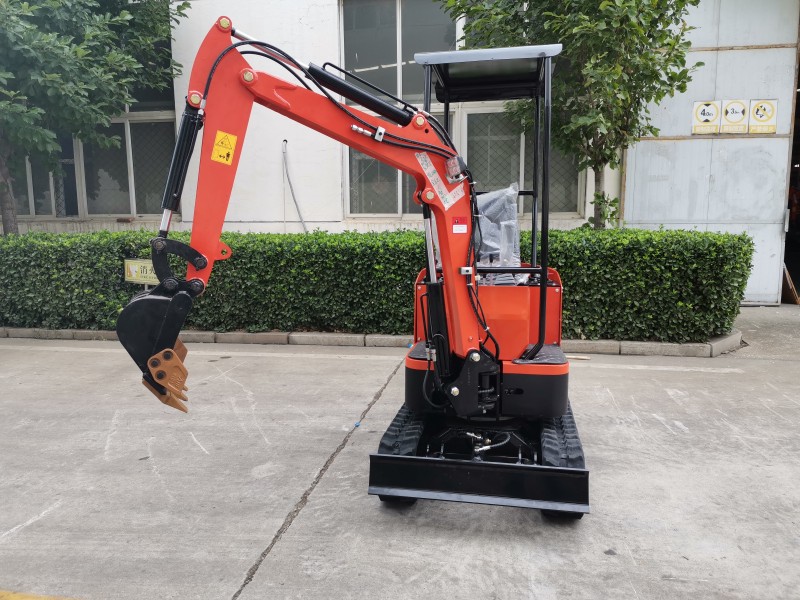Let’s briefly talk about how to choose the most suitable small excavator for your own use. The manufacturers will find it themselves, so we won’t go into details. Let’s focus on how to choose an excavator.
Closer to home, it is said that the most important thing when choosing an excavator is the engine. I think this is an issue that cannot be debated. Whether it is right or wrong depends on your standpoint. The better the engine, the better the power, the higher the hydraulic efficiency, durability and fuel economy. It’s okay to say that the engine is the most important thing. In use, you will find that no matter how good the engine is, it must have corresponding oil pumps, cylinders, control methods, etc. to output performance. In this way, the engine is very good, and the hydraulic energy converted is used to push the bucket to work with an ordinary oil cylinder. The hydraulic energy originally converted can dig up 1,000 kilograms, but the oil cylinder loses part of the conversion and can only dig out 800 kilograms. My main purpose in saying this is to say that no matter how good the starting point is, no matter how durable it is, it must be matched with various accessories.
Issues to pay attention to when choosing:
1. It is necessary to make it clear whether you are working more in situ or on the move when you are using it - to choose whether it is a crawler type or a wheel type.
2. Whether the working space is in a wide area or a narrow area - choose the model and tonnage range.
3. What is the required excavation depth and width - used to select the appropriate boom length and bucket width.
4. Whether the excavation material is soft soil, hard soil or gravel - choose a rock bucket or a breaker.
5. What is the maximum length of a single working time - to match the working efficiency of the engine.
6. Think about what work the excavator will be used for in the long run, and choose the appropriate one within the maximum application range.
7. Think about what configurations you want to add to the machine, such as cabs, air conditioners, lamps... etc. You can consult the manufacturer's customer service.
